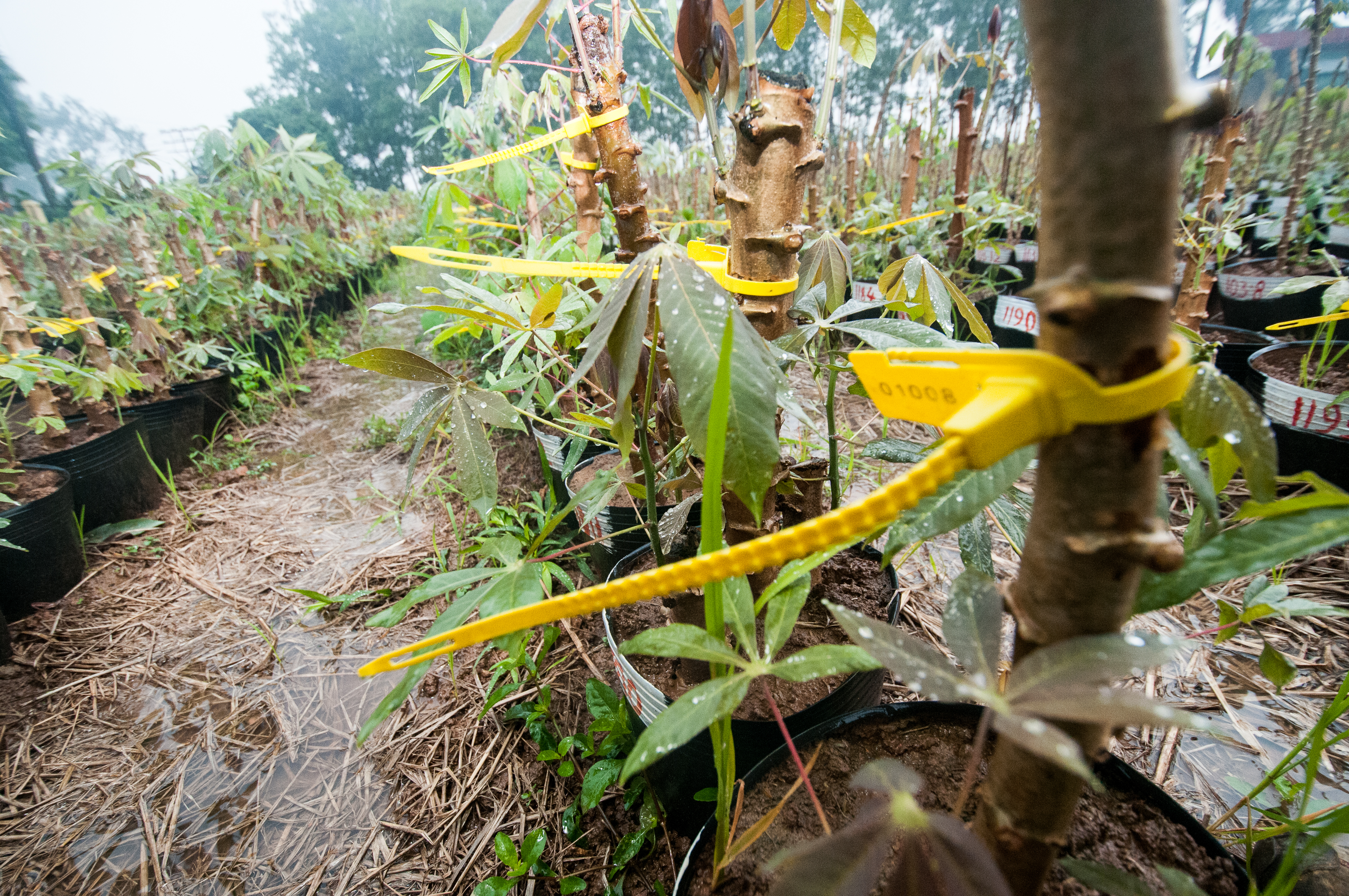
Global development is all about creating change for the better. One thing is certain: if we want to address the climate breakdown while achieving a high quality of life for all of the Earth’s citizens, it will take a transformation of the way we all live. Technological change will surely be an important part of this transformation.
This implies that understanding change processes should be near the heart of everything development professionals and scholars do. How to stimulate change, how to shape it equitably and steer it democratically, how to monitor it and make sense of it. Unfortunately, the standard approaches to these questions are woefully inadequate.
Rethinking technological change
In a new Open Access paper, IDS researchers Dominic Glover, James Sumberg and Giel Ton have teamed up with two collaborators from the International Maize and Wheat Improvement Centre (CIMMYT), Jens Andersson and Lone Badstue to try and ‘rethink’ how technological change occurs in small-scale agriculture (see article).
In a previous paper, three of us argued that the conventional concept of ‘adoption’ – as in “she has adopted the new technology” – is an inadequate guide to what happens when people change their technological practices. We called for the development of a new framework, which should draw on a rich body of social science literature that sheds light on technology, innovation and technological change as human and social practices. We suggested that the agency of technology practitioners should be at the centre of attention, rather than the gadgets and machines around which adoption studies usually turn. The new paper proposes such a framework.
Our new framework breaks the technological change process into four aspects: propositions, encounters, dispositions, and responses. The article describes each of these elements and how they relate to one another. The new framework is designed to overcome the limitations of ‘adoption,’ which has dominated conventional approaches to the design and evaluation of programmes that aim to spread new technology into society. The adoption model’s key strengths are clarity and simplicity, but we argue that these apparent virtues are illusions that mislead more than they illuminate.
However, if the new conceptual framework is to become equally popular and easy to use, it needs to be operationalised in a very accessible way. In the coming months, we want to explore how the new framework could be translated into practical tools and methods for designing, implementing and managing programmes of technological change.
The new article – ‘Rethinking Technological Change in Small-scale Agriculture’ – is available to download, free of charge, from the publisher’s website.
Written by: Dominic Glover
Photo credit: Georgina Smith / CIAT – 2.0 Generic (CC BY-NC-SA 2.0)
Bibliographic details:
Glover, D., Sumberg, J., Ton, G., Andersson, J. and Badstue, L. (2019 [online]) Rethinking technological change in smallholder agriculture. Outlook on Agriculture online first. DOI: 10.1177/0030727019864978
